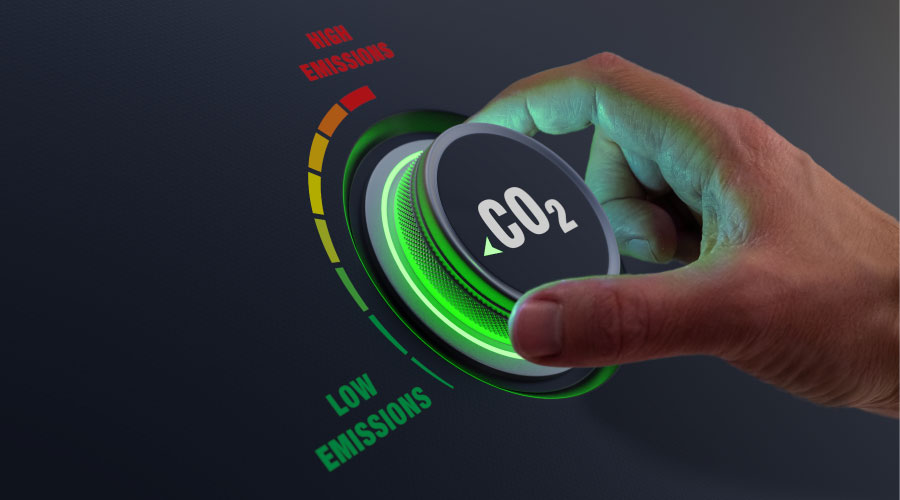Retrocommissioning Boon to Bottom Line
Factors beyond an manager's control often can affect the cost of facility operation, but improved system operations — one common result of retrocommissioning — can help reduce these costs.
Consider an electrical utility that changes its rate structure with respect to demand charges. Over the life of a facility, its geographic region might have grown, increasing pressure on the utility to meet customer demands for power. In response to these demands, the utility puts financial penalties in place as a way to encourage demand reduction.
The facility, going through the process of retrocommissioning to control energy costs, might discover that when its daily operations begin and occupants arrive, HVAC and lighting systems start at the same time, creating a high peak in demand for electricity. Retrocommissioning can uncover this opportunity for savings and allow technicians to sequence these systems, reducing demand and avoiding demand charges.
Retrocommissioning also can show managers ways to improve the organization's bottom line, as well as its overall sustainability. Though managers who implement retrocommissioning can make some of the changes and achieve some of their goals with little or no cost, others actions will take planning and investments.
Retrocommissioning also can reveal problems with systems and components that are relatively minor but that, when repaired properly, can help the organization avoid more costly investments because they were detected early. The process also enables managers to identify and plan for larger changes, such as capital improvements and component replacements.
This approach is more desirable than being forced to react to them on an emergency basis, which is usually more costly, considering the non-negotiated costs for equipment, rapid shipping of parts, and paying off-hour overtime rates for labor.
Managers considering retrocommissioning also might consider tapping into facility benchmarks, such as the Energy Star program from the U.S. Environmental Protection Agency. The program and its resources enable managers to compare a facility's operations to those of similar facilities in terms of energy use. This comparison can indicate areas of the facility operation that need attention, as well as enable managers to track the facilities' impact on the environment.
As with any preventive maintenance program, retrocommissioning can pay for itself through greater energy efficiency, carefully planned capital improvements, and planned maintenance. Depending on the complexity of a facility's activities and systems, managers can establish a scheduled retrocommissioning program, then make a decision on whether and when to perform additional activities, based on initial findings.
The process can be especially useful for managers who come into a facility for the first time and bring with them different expectations for the facility, which can lead to different operating parameters.
Todd Dorius, P.E., is a project manager with Facility Engineering Associates, a nationwide consulting firm that focuses on extending and improving the performance life of existing facilities.
Retrocommissioning: Matching Goals and Data
The type of data maintenance and engineering managers need to have collected during retrocommissioning must match the goals of the organization that are identified before the process begins.
The following list is a sample of key systems and types of data that technicians can collect, measure, and monitor as part of a retrocommissioning process:
Life safety. Fire and smoke dampers, smoke detectors, fire-suppression systems, and fire-alarm systems.
Health safety. Fume hoods, bio-safety cabinets, isolators, emergency showers, and eye-wash stations.
HVAC. Space-temperature requirements, relative-humidity requirements, room pressurization, minimum outside airflow rates, supply- and return-airflow rates, heating- and cooling-water flow rates, controls sequenced for operation, filters cleaned and installed properly, and duct leaks.
Electrical. Emergency generators, uninterruptible power source, lighting fixtures, lighting levels, required clearances around electrical equipment, and labeled panels and circuits.
— Laurie A. Gilmer, P.E., is a professional engineer with Facility Engineering Associates, www.feapc.com
|
Related Topics:













